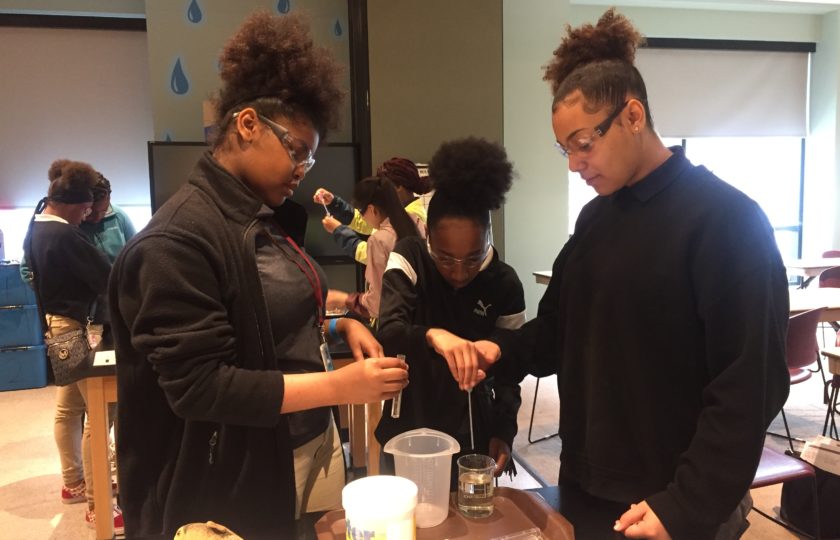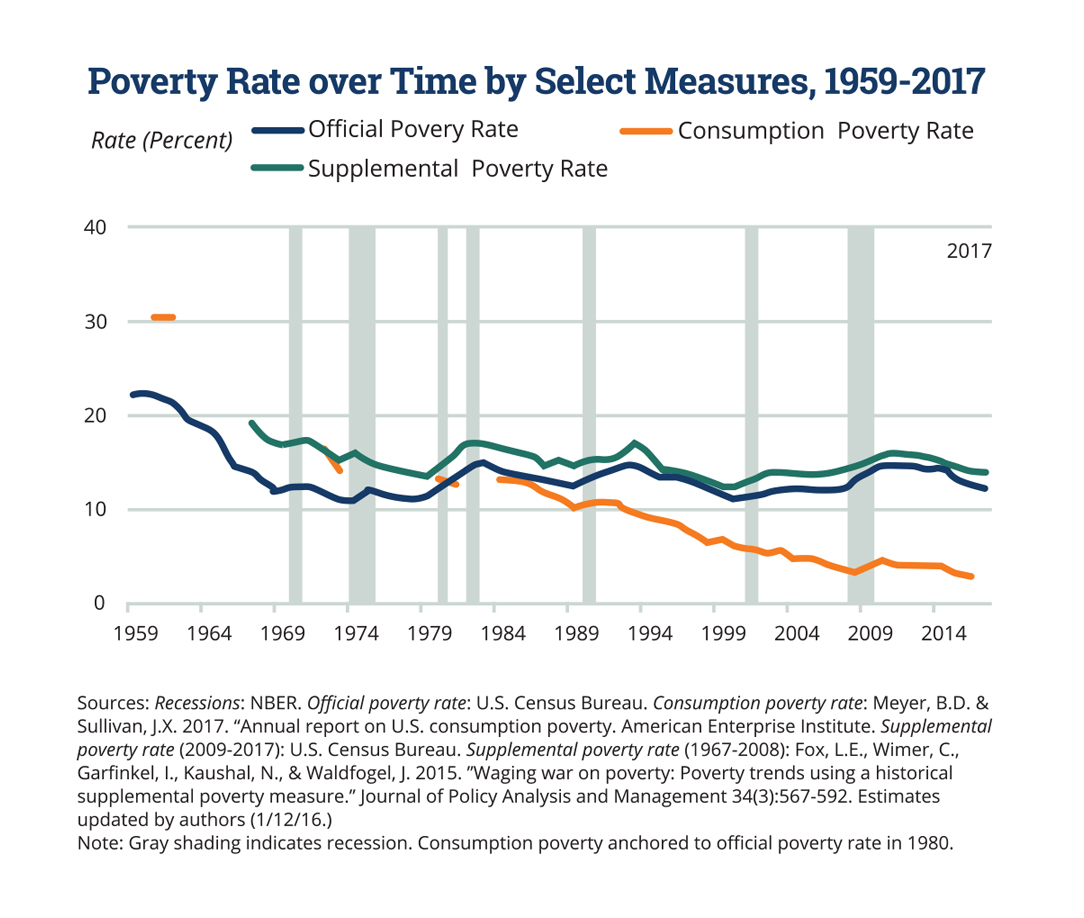Every child deserves to get a quality education that prepares them for the future. But every child comes from different circumstances. A public charter school in Atlanta has matched the neighborhood’s unique needs and built a pipeline from the cradle to college that sets students up to thrive. Listen












